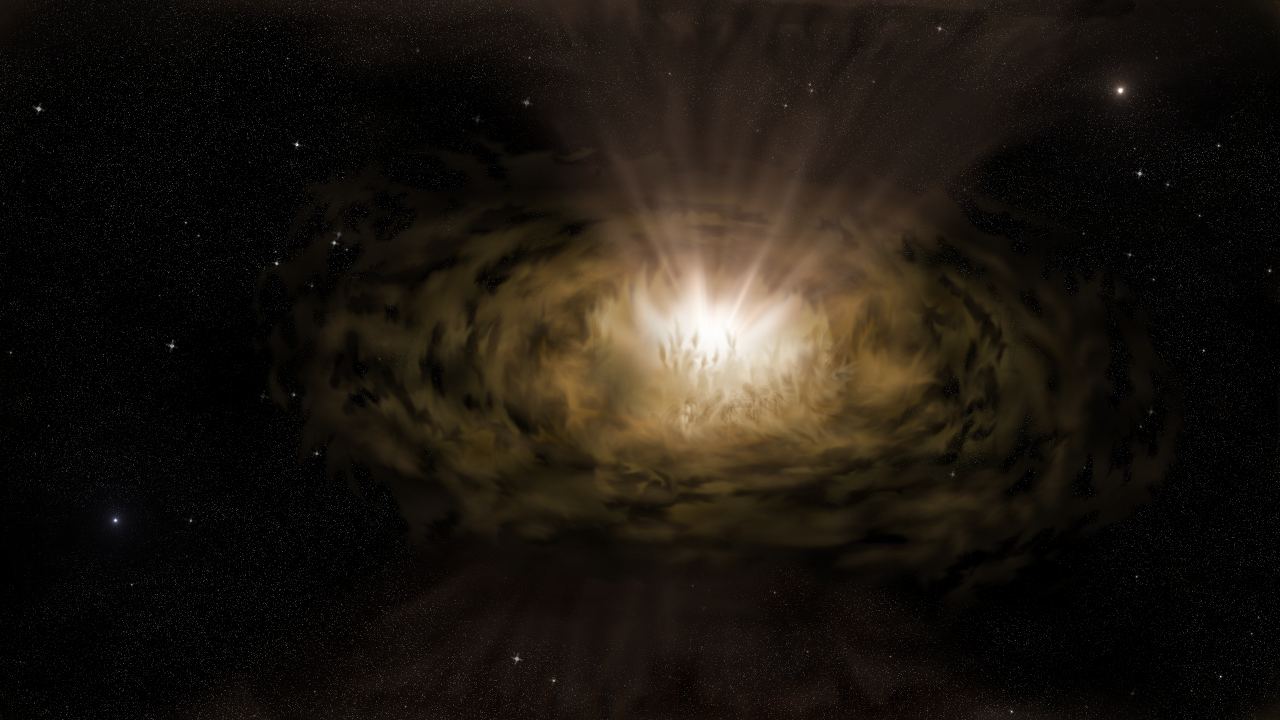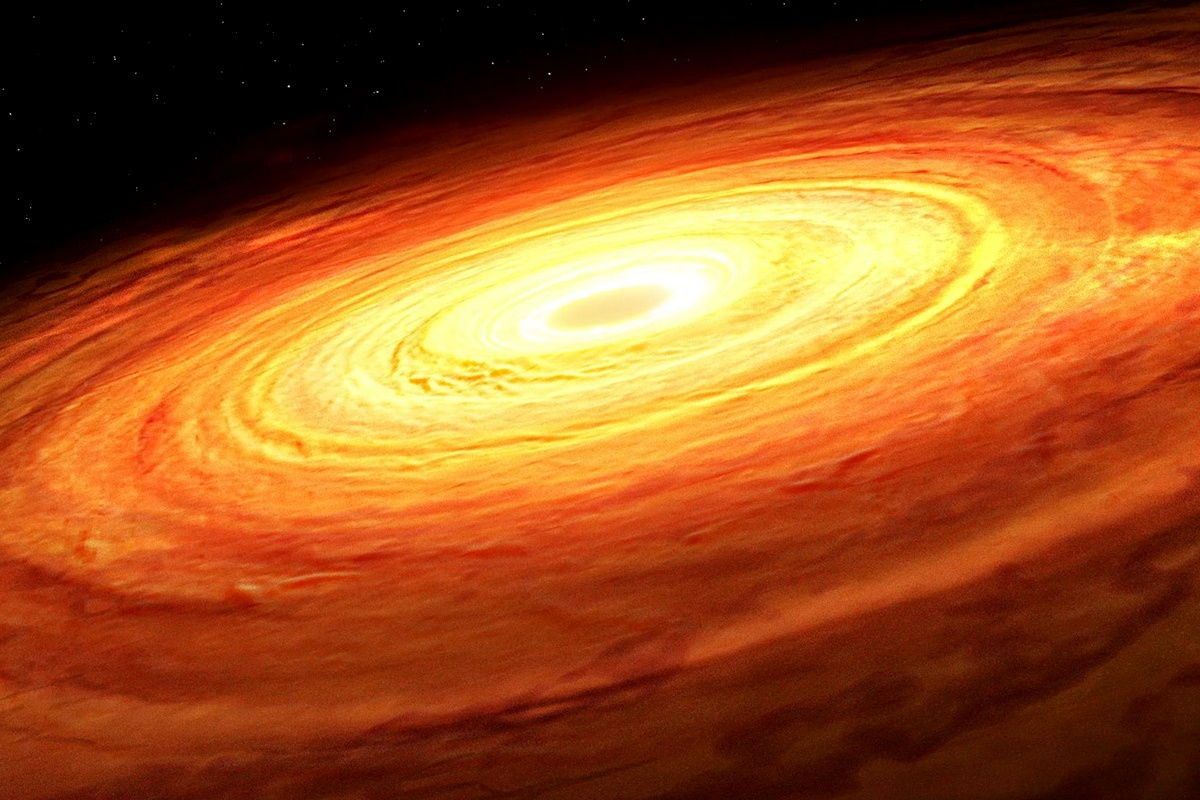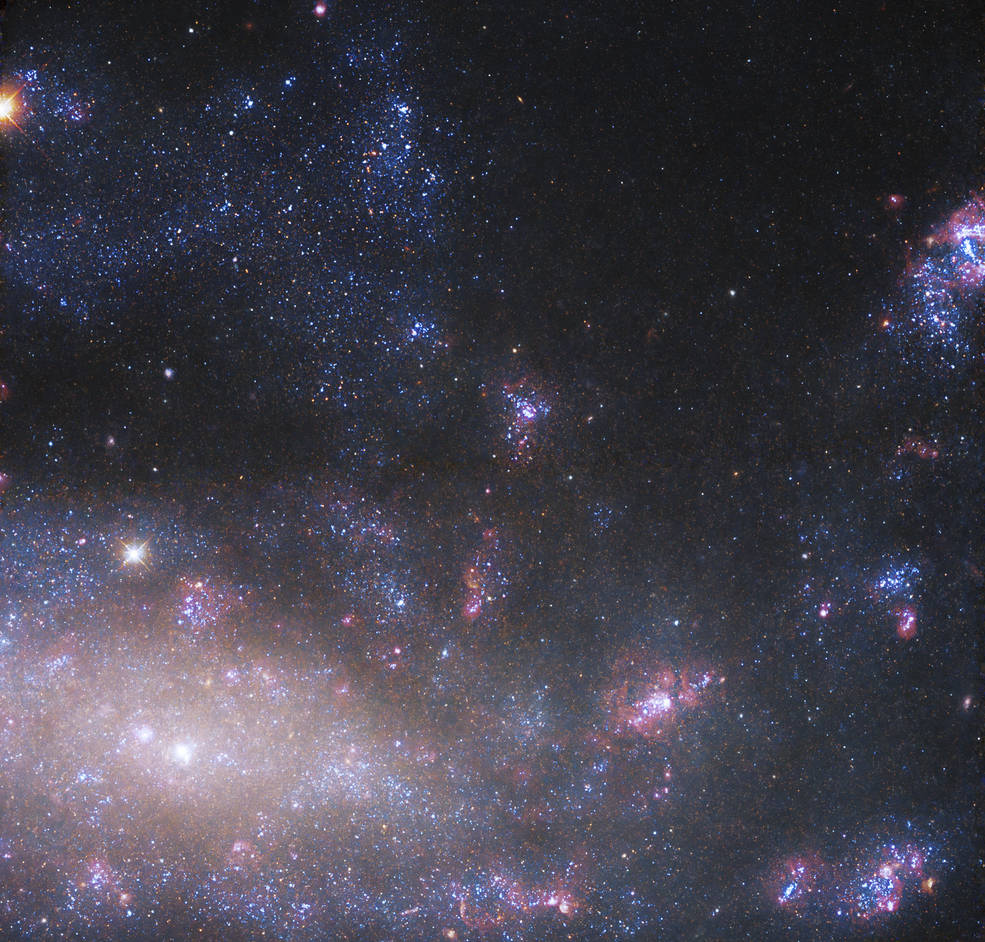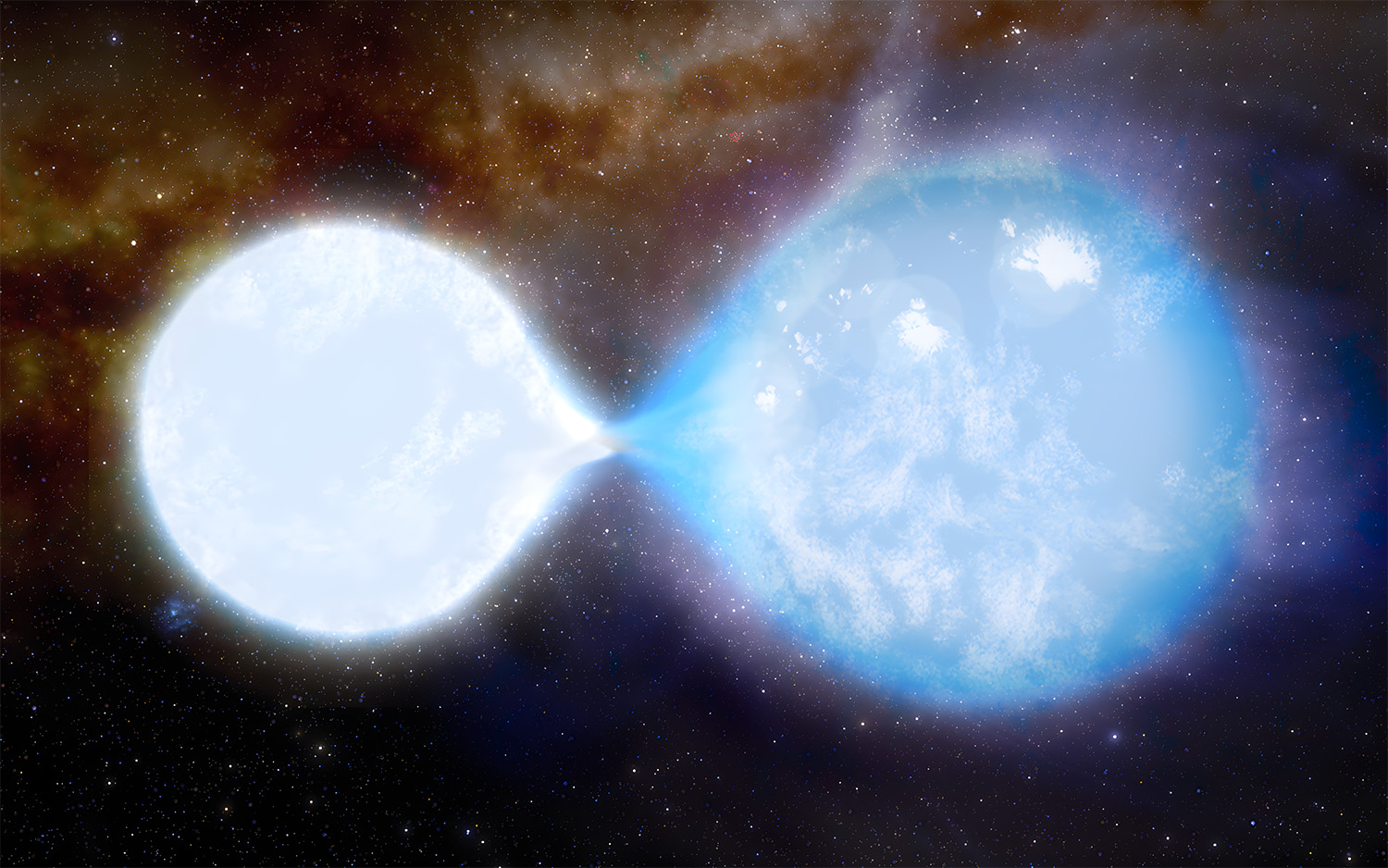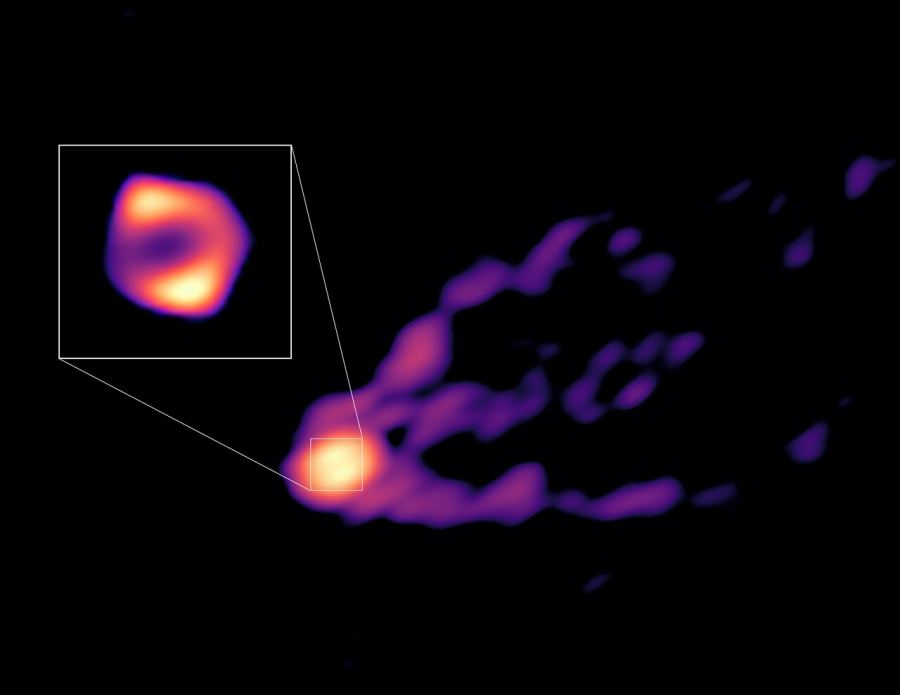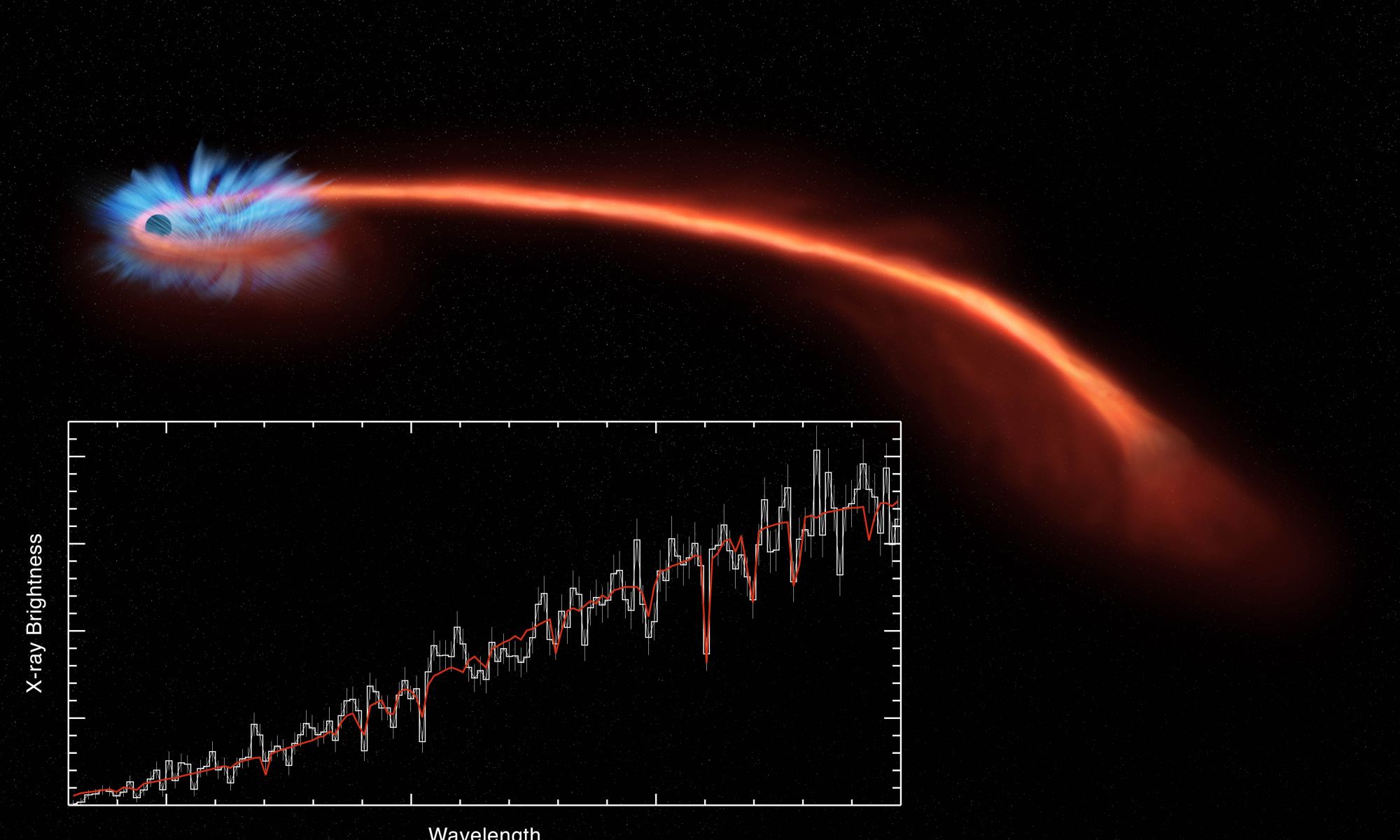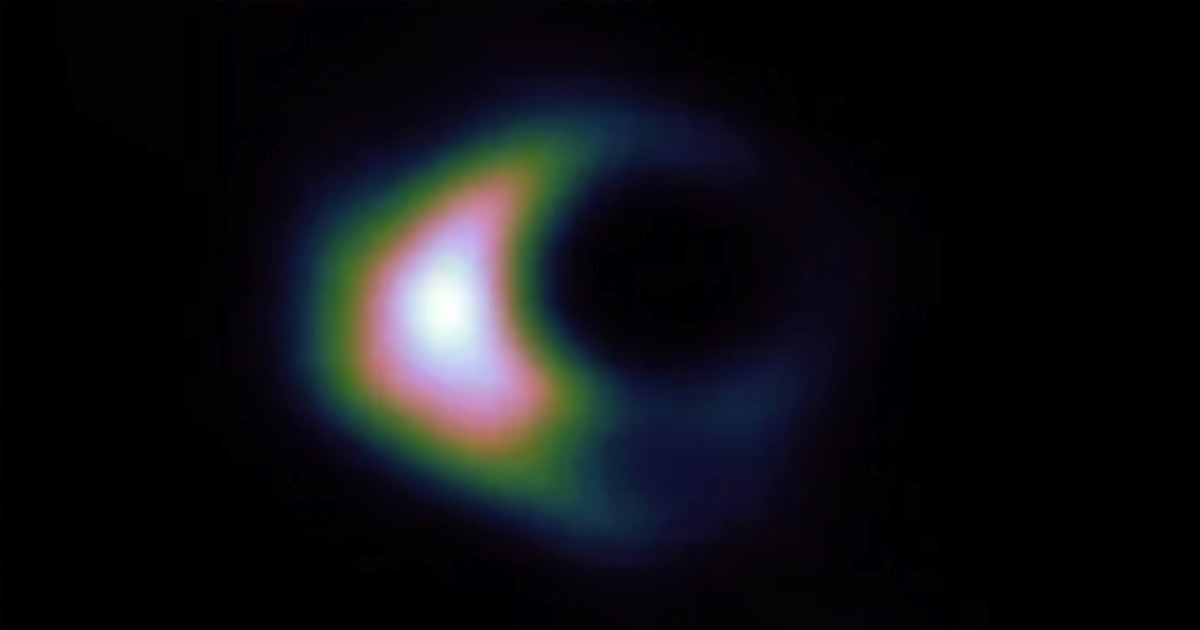They are known as ultra-fast outflows (UFOs), powerful space winds emitted by the supermassive black holes (SMBHs) at the center of active galactic nuclei (AGNs) – aka. “quasars.” These winds (with a fun name!) move close to the speed of light (relativistic speeds) and regulate the behavior of SMBHs during their active phase. These gas emissions are believed to fuel the process of star formation in galaxies but are not yet well understood. Astronomers are interested in learning more about them to improve our understanding of what governs galactic evolution.
This is the purpose of the SUper massive Black hole Winds in the x-rAYS (SUBWAYS) project, an international research effort dedicated to studying quasars using the ESA’s XMM-Newton space telescope. The first results of this project were shared by a group of scholars led by the University of Bologna and the National Institute for Astrophysics (INAF) in Italy. In the paper that describes their findings, the team presented X-ray spectroscopic data to characterize the properties of UFOs in 22 luminous galaxies.
Continue reading “Galactic Black Hole Winds Blow Up to a Third the Speed of Light. The Impact on Their Galaxies is Impressive.”
